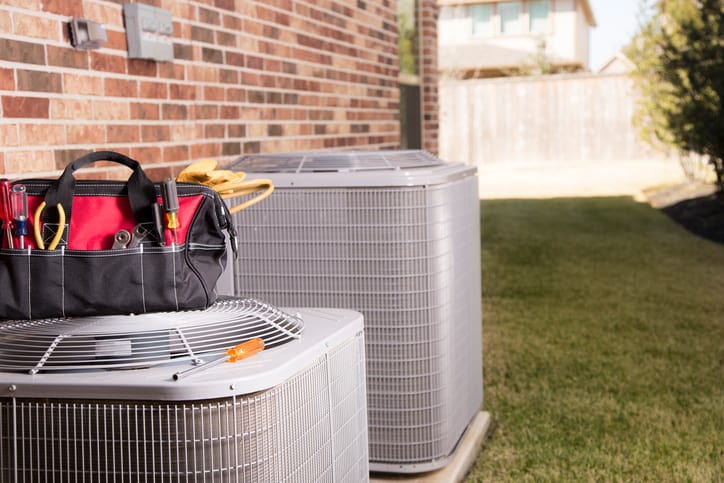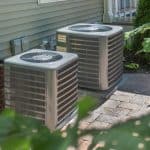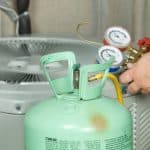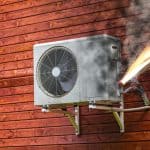
5 Common HVAC Terms Simplified
Tell me if this has ever happened to you; You’ve hired an ac service company to do a service call to tell you what is going on with your ac unit and as the service technician is using their “trade terms” you slowly start to go into hypnosis. I know this happens to me at the auto mechanic, and don’t feel bad if it happens to you, because air conditioning is something most people on think about when it isn’t working. Below are some simplified explanations for common AC terms that get people stumped.
1) SEER – Think of SEER in air conditioning just like you think of miles per gallon(MPG) on a car. It is an acronym for Seasonal Energy Efficiency Ratio and it all boils down to you air conditioning efficiency. The higher the SEER, the lower your energy use will be. And unlike cars, the higher the SEER, the higher the price.
2) Tonnage(Ton) – If SEER equals gas mileage, then Tonnage equals the size of your car. Capacity is what we are talking about here. Tons can also be broken down into BTUs and there are 12,000 BTUs in each ton. Air conditioners are measured in tonnages of 1-5, with ½ sizes usually available as well. A properly sized air conditioning system is important for your comfort, and bigger isn’t always better. You don’t need an 18-Wheeler to deliver a pizza.
3) R-22 vs R-410 Refrigerant – R-22 has been the most commonly used refrigerant in residential air conditioning for a very long time. The EPA has started to limit the amount of R-22 refrigerant that is produced in the United States each year until it is completely phased out. The reason for this phase out is that R-22 contains CFCs and is damaging to the atmosphere when released into the air. Consequently, R-22 prices have sky rocketed, and replacement parts configured for R-22 are becoming harder to come by as well. All of this is driving prices up and moving people towards the new and greener replacement refrigerant, R-410a. R-410a is a great product, but it has many different properties that make it incompatible with existing R-22 air conditioners. If you want R-410a, you will at least have to replace your outdoor air conditioner and most likely your indoor unit as well. New air conditioning systems can be configured for several environmentally friendly refrigerants, but R-410 is the industry standard today.
4) Heatpump – Think of your typical outdoor air conditioning unit: it only runs when the AC is on. A heatpump looks and behaves just the same, but can reverse the process and will heat your house by running in the winter time. You still need a backup heat source in the indoor section of your central air system, but the heatpump can carry a lot of the load at relatively low energy level. A gas furnace has shown to be the most cost effective way to heat your house for many years, but if you don’t have gas available at your house, a heatpump is another option to consider.
5) CFM – This term refers the amount or volume of air that the indoor section of your air conditioning system can move in a minute or Cubic Feet per Minute. CFM can also be measured at individual outlets or grilles. CFM is important because if not done correctly, too much or too little CFM can make you uncomfortable. Ever been sitting beneath a vent when the air conditioning comes on and it blows your hair back? That would be too much CFM for that grille. A situation with too little CFM could be if you had a room that never cools in summer or heats in winter.












